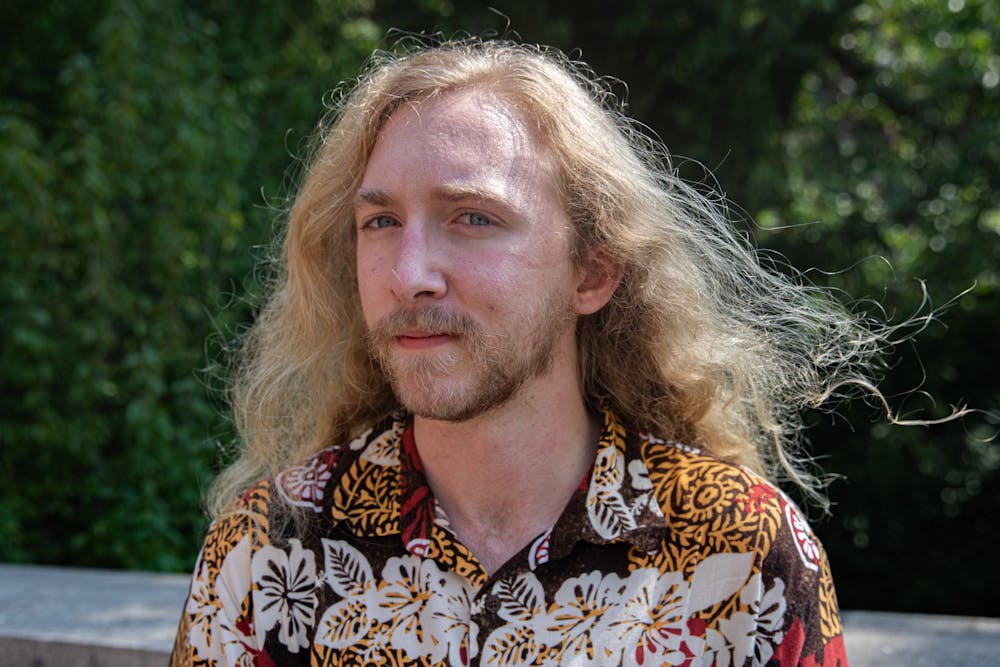Graphic novels have been a big focus in public discourse. From education boards' choices to ban books to the media we consume, comics are omnipresent. Beyond the news and media, creators continue to put out medium-defining work.
"Fantastic Four: Full Circle" follows the Fantastic Four's attempt to solve a mystery linked to a past adventure. Written, colored and drawn by Alex Ross, the comic walks a fine line between homage and original story.
Serving as a pastiche of the '60s Fantastic Four, Ross pulled inspiration from European reprintings of "Fantastic Four." The artwork often on display has a color palette akin to pop art.
The result is a comic that stands out as something visually striking in density in colors, while being a sendup of the hero genre in the vein of "The Incredibles."
2022 also saw the release of the English translation of "Blacksad: They All Fall Down Part One." The sixth book of the series, "Blacksad," is a pastiche, but instead of heroes, it's of '50s America. The most recent volume follows the shady dealings of developers in the vein of Robert Moses.
Featuring brilliant hand-painted work by Juanjo Guarnido and sharp writing by Juan Díaz Canales, the story follows the private eye John Blacksad as he moves from case to case. Anthropomorphic characters are presented in a Don Bluth style, resulting in lifelike characters in a violent world.
Tatsuki Fujimoto's "Chainsaw Man" provides an absurd and often violent alternative. The manga follows Denji, a boy who gains the power to grow chainsaws from his body to fight demons.
The 11th volume marked the end of the first arc and a perfect entry point to the creative series. The manga explores ideas of love, power and food in ways that often subvert tropes of manga. Making it a must-read for fans of horror, shōnen and humor comics alike.
In humor, we have the satirical "Mr. Boop," a biographical story of Alec Robbins who expresses his love for his wife, Betty Boop in four-panel narratives. Originally a web comic, the series was recently published in a complete volume that chronicles the fictional character.
The comic is a satire on the current moment of copyright, since at what point is a character ours to draw, imagine or ignore? Rebranding and removing media have become a part of our everyday lives, and as content becomes more accessible, it has become easier to take away.
Like Robbins, Kate Beaton found her start in online comics like "Hark! A Vagrant," humorous renditions of figures from history and literature. Her recent work "Ducks" is a biography of her experience in Canada's oil sands.
Poignant and often horrid, Beaton captures camp life in comic strip format, capturing the misogynistic and hostile camp life with simple caricature.
Beaton's story is one of trauma and desperation that can only exist in a graphic novel format. The artistic license and infinite budget afforded by a pen and a mind allow the novel to explore these aspects with nuance.
Beaton's work has demonstrated the ways that comics define themselves in their medium. Whether trapped in history, breaking away from well-trodden narratives or telling a story we've never seen, graphic novels have a lot to offer in the way of narrative.
Benjamin Ervin is a senior studying English literature and writing at Ohio University. Please note that the views and opinions of the columnists do not reflect those of The Post. Want to talk more about it? Let Benjamin know by emailing him be425014@ohio.edu.






